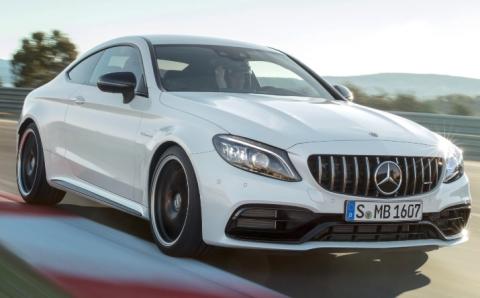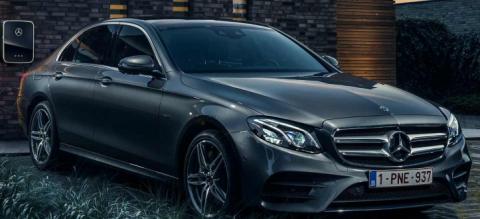After a production period of four years and around a million vehicles sold Mercedes-Benz refined the design of the E-Class and further perfected its engineering with new CDI diesel engines, window bags as standard, and state-of-the-art electronic assistance systems. In the course of the 1999 facelift, more than 1800 components of the world's most successful car in this market segment were modified or improved. From mid-July 1999 the new version of the E-Class was available from Mercedes-Benz sales and service outlets and sales partners. Mercedes-Benz continued the successful design and equipment line concept in the facelifted E-Class. The CLASSIC, ELEGANCE, and AVANTGARDE variants were now distinguished by even more individual design, reinforcing their independent character. All lines offered a greatly expanded range of standard equipment with innovative safety features such as the electronic stability program ESP®, window bags, and also the multifunctional steering wheel adopted from the S-Class, which greatly facilitated the operation of the car radio and car phone. The new operating and display concept for the E-Class also included a clearly arranged central display in the instrument cluster. Not only did it inform the driver about the functions of the standard stereo car radio, car phone, and other systems, it also enabled individual settings to be programmed with buttons on the steering wheel.
#s210 #e200stationwagon #classic #oldbenz
source: Next Classics
#s210 #e200stationwagon #classic #oldbenz
source: Next Classics
- Category
- For All








Comments